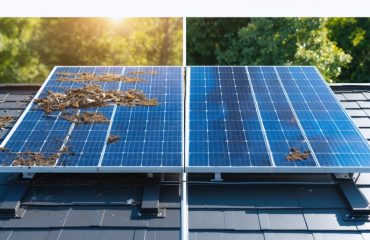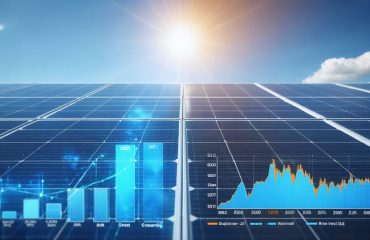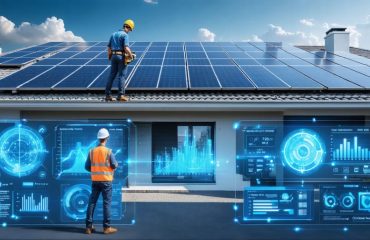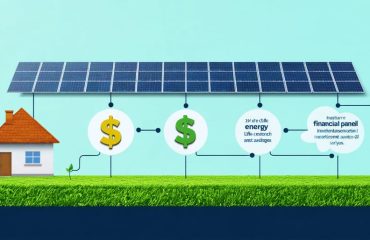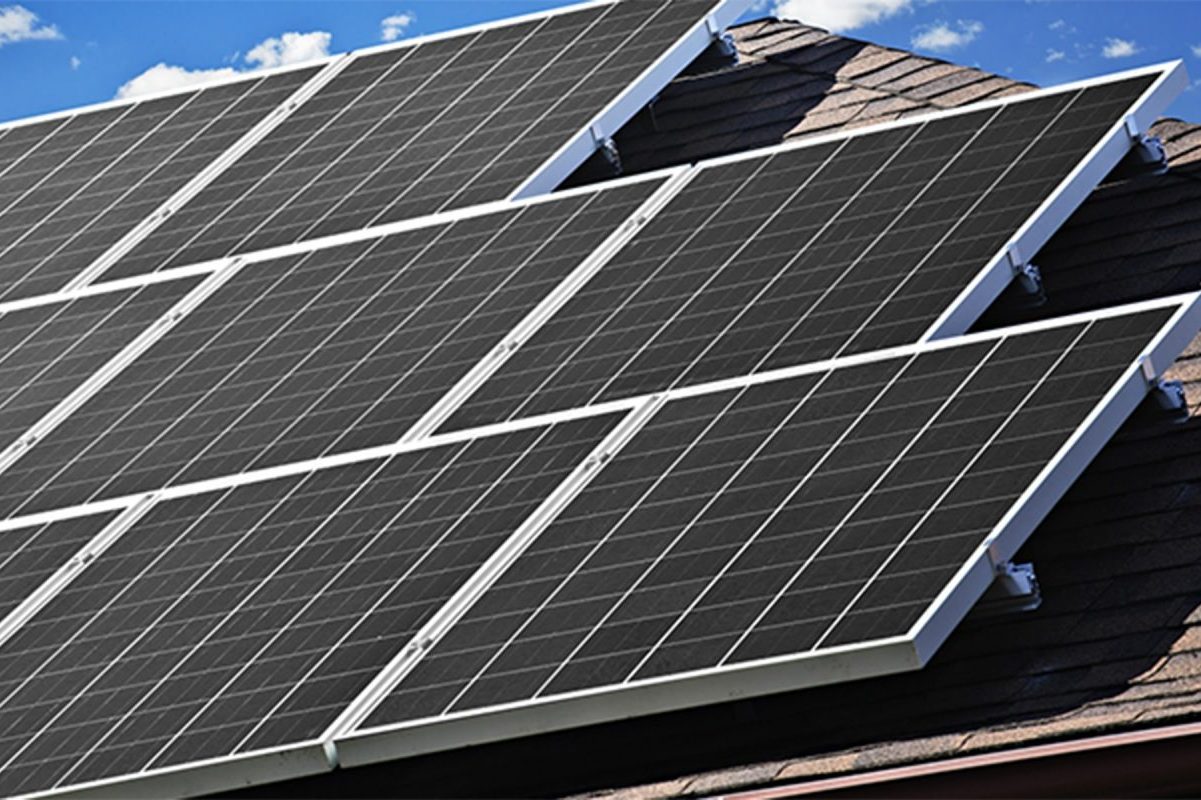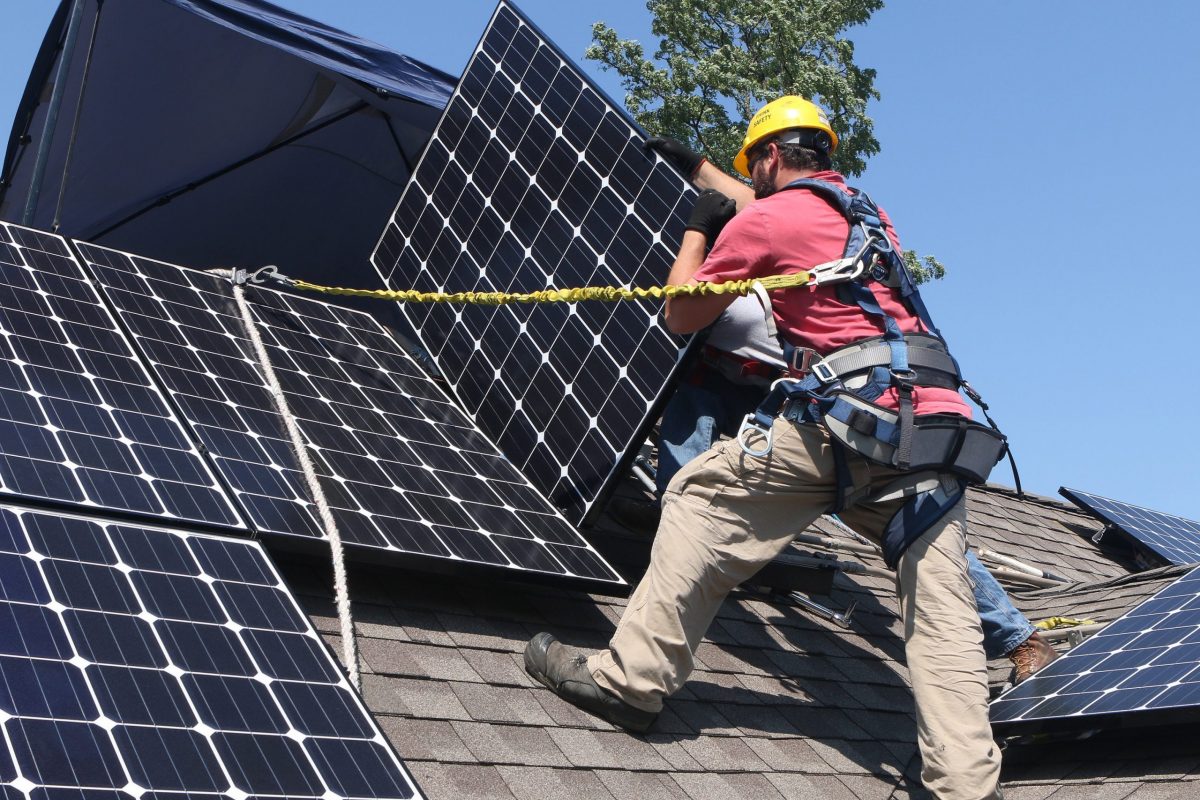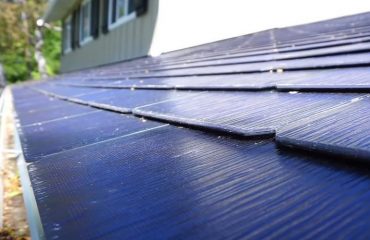Sustainability and efficiency represent two of the most powerful forces reshaping our approach to modern living and business operations. As global resources become increasingly scarce and environmental concerns mount, the intersection of these principles offers a compelling pathway to a more responsible and profitable future. By implementing sustainable practices while maximizing operational efficiency, organizations and individuals can simultaneously reduce their environmental impact and operating costs.
Smart resource management, renewable energy adoption, and waste reduction strategies have emerged as key drivers of this dual-benefit approach. From small households to large corporations, the integration of sustainable technologies and efficient processes not only helps preserve our planet’s resources but also delivers measurable economic advantages. The growing availability of innovative solutions and proven methodologies makes it easier than ever to embrace these practices without sacrificing performance or comfort.
This practical approach to sustainability and efficiency isn’t just an environmental imperative—it’s a strategic advantage that positions forward-thinking entities for long-term success in an increasingly resource-conscious world.
The True Cost of Poor Solar Panel Maintenance
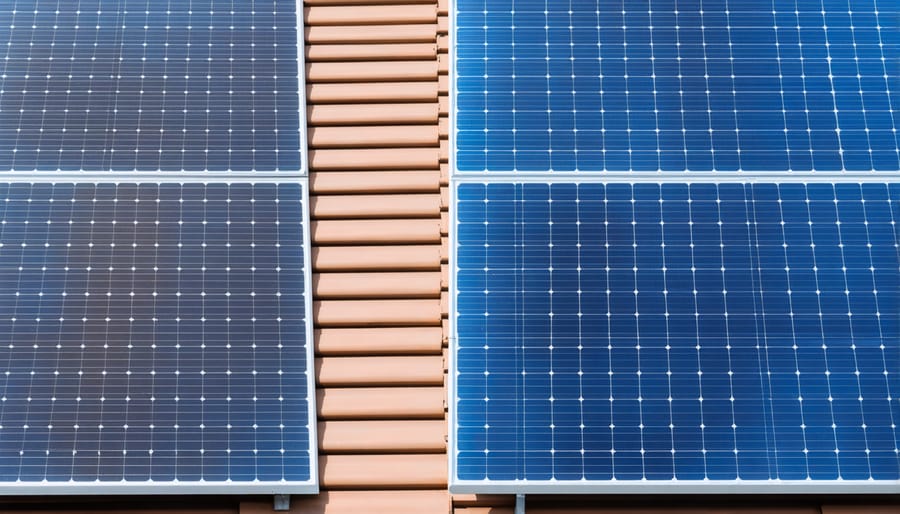
Performance Degradation Costs
When solar panels aren’t operating at their peak efficiency, the financial impact can be significant. Studies show that the impact of dirty solar panels can reduce energy production by up to 25%, directly affecting your utility savings. This translates to hundreds of dollars in lost potential earnings annually for the average household.
Regular maintenance helps prevent these losses, but it’s important to consider the balance between maintenance costs and potential savings. A well-maintained solar system typically experiences only a 0.5% annual efficiency drop, compared to 4-8% in neglected systems. This difference can amount to thousands of dollars over your system’s lifetime.
The good news is that most performance issues can be prevented through simple, routine care. By staying proactive with maintenance, you’re not just protecting your investment – you’re ensuring consistent energy production and maximum financial returns from your solar installation.
Replacement vs. Maintenance Economics
When deciding between maintaining existing equipment or replacing it with newer, more efficient models, several factors come into play. Regular maintenance typically costs less in the short term but may lead to higher operational costs and energy consumption over time. On the other hand, while replacement requires a larger upfront investment, it often results in significant long-term savings through improved efficiency and reduced energy bills.
Consider a practical example: maintaining an older HVAC system might cost $200-300 annually, but it continues operating at 60% efficiency. Replacing it with a newer model could cost $5,000 upfront but operates at 95% efficiency, potentially saving $500-800 annually in energy costs. This means the replacement could pay for itself within 6-8 years while providing better performance and reliability.
The key is to evaluate the age and efficiency of your current equipment, compare maintenance costs against potential energy savings, and consider the environmental impact of your choice.
Sustainable Maintenance Practices That Save Money
Water-Efficient Cleaning Methods
Water-efficient cleaning methods not only protect our precious water resources but also help reduce utility bills while maintaining effective cleanliness. By adopting smart cleaning practices, homeowners can save hundreds of gallons of water annually without compromising on hygiene standards.
Start by using microfiber cleaning tools, which require significantly less water than traditional mops and rags while capturing more dirt and bacteria. These tools can clean effectively with just dampening, rather than soaking, cutting water usage by up to 70%.
Consider implementing a two-bucket cleaning system: one for clean water and another for rinsing. This method prevents the need for constantly running water and ensures cleaning solution stays effective longer. For outdoor cleaning, use a high-pressure washer with adjustable settings, which can clean surfaces thoroughly while using 80% less water than a standard garden hose.
Timing is crucial for water-efficient cleaning. Clean surfaces before dirt becomes stubborn and requires excessive water to remove. Additionally, schedule outdoor cleaning during cooler hours to minimize water evaporation.
For routine cleaning, try waterless cleaning products and methods where appropriate. Dry dusting, vacuum cleaning, and specialized waterless cleaners can effectively maintain many surfaces without using any water at all. When water is necessary, use measured amounts in spray bottles rather than running taps, and collect rainwater for outdoor cleaning tasks.
These sustainable practices not only conserve water but typically reduce cleaning time and effort, making them both environmentally and practically beneficial.
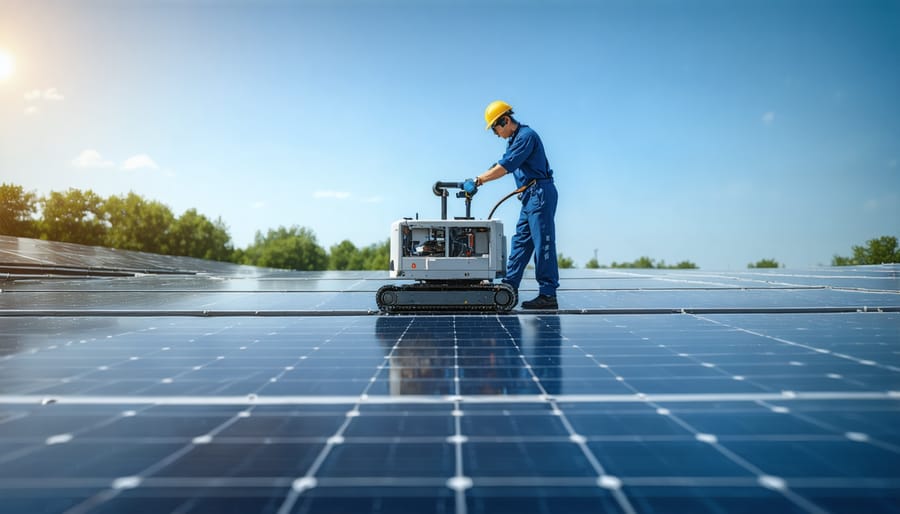
Preventive Monitoring Systems
Modern preventive monitoring systems are revolutionizing how we maintain our homes and equipment, making sustainability easier and more accessible than ever. These smart solutions act like an early warning system, catching potential issues before they become costly problems.
Smart sensors and monitoring devices can track everything from energy consumption patterns to equipment performance in real-time. For example, a smart thermostat doesn’t just control temperature; it learns your habits and alerts you to unusual energy usage spikes. Similarly, water monitoring systems can detect small leaks before they turn into major water waste issues.
These monitoring solutions typically connect to your smartphone, giving you instant notifications when something needs attention. Imagine knowing about a failing appliance before it breaks down completely, saving you from emergency repairs and unnecessary waste. Many systems also provide detailed reports about your energy and water usage, helping you make informed decisions about consumption habits.
The best part? These systems often pay for themselves through prevented disasters and improved efficiency. They help maintain optimal performance of your appliances and systems, extending their lifespan and reducing the need for replacements. This not only saves money but also reduces waste and environmental impact.
For homeowners looking to embrace sustainable living, preventive monitoring represents a practical first step toward a more efficient and environmentally conscious household.
Technology and Tools for Efficient Maintenance
Smart Monitoring Solutions
Modern smart monitoring solutions have revolutionized how we maintain and optimize solar panel systems. These digital tools provide real-time insights into your system’s performance, helping you maximize energy production while minimizing maintenance costs. Through advanced sensors and wireless connectivity, homeowners can now track their solar output, energy consumption, and system health from their smartphones or computers.
The integration of predictive maintenance technology allows these systems to detect potential issues before they become serious problems. By analyzing performance patterns and environmental data, smart monitoring tools can alert you when panels need cleaning, identify underperforming components, and even suggest optimal times for maintenance activities.
These solutions typically include user-friendly dashboards that display energy production metrics, cost savings, and environmental impact in easy-to-understand formats. Many systems also offer automated reporting features that help you track long-term performance trends and verify your return on investment. This data-driven approach not only helps maintain peak system efficiency but also provides peace of mind knowing your solar investment is performing as intended.
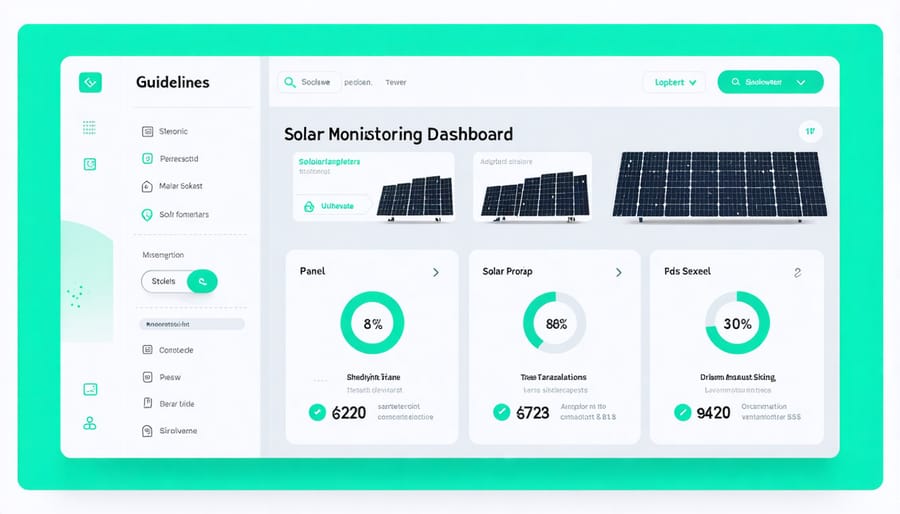
Eco-Friendly Cleaning Equipment
Choosing eco-friendly cleaning equipment not only helps protect the environment but also ensures a safer and more efficient maintenance routine. Microfiber cloths and mops stand out as sustainable alternatives to disposable wipes, offering superior cleaning performance while being washable and reusable for years. These tools effectively trap dust and dirt without requiring harsh chemicals, making them perfect for delicate surfaces.
Water-efficient cleaning systems, such as those using deionized water technology, eliminate the need for chemical cleaners while providing excellent results. These systems purify water to remove minerals, leaving surfaces spotless without harmful residues. They’re particularly effective for outdoor cleaning tasks and can reduce water consumption by up to 50%.
Manual cleaning tools made from sustainable materials like bamboo or recycled plastics offer durability while minimizing environmental impact. Look for equipment certified by recognized environmental organizations to ensure genuine eco-friendly credentials. Many of these tools come with replaceable parts, extending their lifespan and reducing waste.
For powered cleaning equipment, opt for energy-efficient models with rechargeable batteries rather than corded alternatives. Modern lithium-ion battery technology provides consistent performance while consuming less energy during operation and charging cycles.
ROI of Sustainable Maintenance
Investing in sustainable maintenance practices isn’t just good for the environment – it’s a smart financial decision that pays dividends over time. Our comprehensive maintenance ROI analysis shows that sustainable maintenance practices can reduce long-term costs by up to 40% compared to traditional methods.
The financial benefits of sustainable maintenance are multi-faceted. First, regular preventive maintenance extends the lifespan of your equipment, reducing the need for costly replacements. For example, properly maintained solar panels can last 25-30 years instead of the standard 20-25 years, representing significant savings over time.
Energy efficiency improvements through sustainable maintenance practices typically result in 15-30% lower utility bills. This includes simple actions like cleaning solar panels regularly, which can improve their efficiency by up to 5%, and using eco-friendly cleaning products that don’t leave harmful residues that could decrease performance.
Water conservation measures implemented during maintenance can reduce water usage by 30-50%, leading to lower utility bills and reduced environmental impact. Smart irrigation systems and water-efficient cleaning methods contribute to these savings while maintaining effectiveness.
The initial investment in sustainable maintenance equipment and practices usually pays for itself within 2-3 years through reduced operating costs and improved system efficiency. Additional benefits include increased property value, potential tax incentives, and reduced carbon footprint – making sustainable maintenance a win-win for both your wallet and the environment.
As we’ve explored throughout this article, embracing sustainability and efficiency isn’t just about protecting our environment – it’s about making smart choices that benefit both our planet and our wallets. By implementing energy-efficient practices, choosing sustainable materials, and maintaining our systems properly, we can significantly reduce our carbon footprint while enjoying substantial cost savings.
Remember that every small step counts. Whether you’re starting with simple energy-saving habits, upgrading to efficient appliances, or considering a complete solar installation, you’re contributing to a more sustainable future. The initial investment in sustainable solutions often pays for itself through reduced utility bills and increased property value.
Take action today by conducting an energy audit of your home, researching available green energy incentives, or consulting with sustainability experts. The path to a more efficient and sustainable lifestyle is clear, and the benefits are undeniable. By making conscious choices about our energy use and environmental impact, we create positive change that extends far beyond our own homes – inspiring others and contributing to a healthier planet for future generations.


